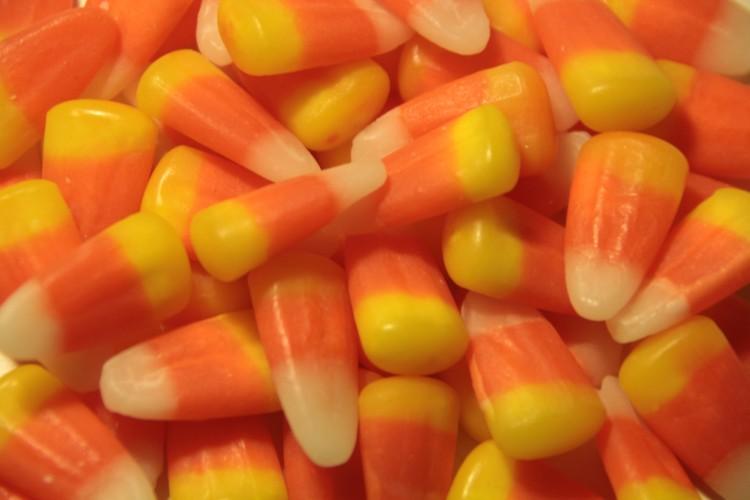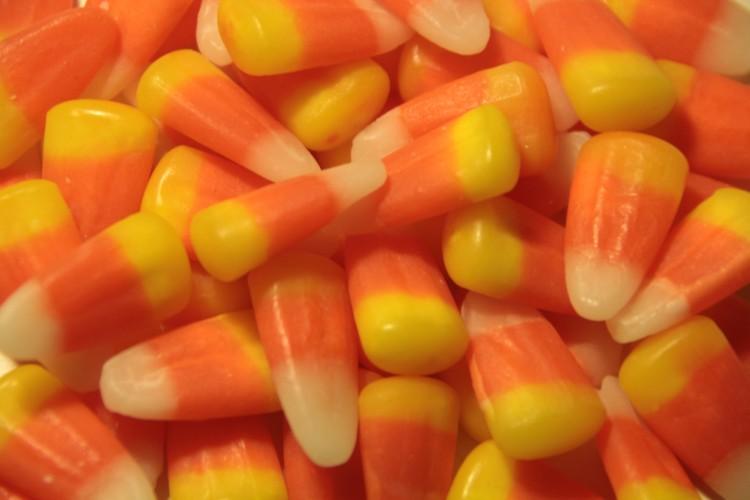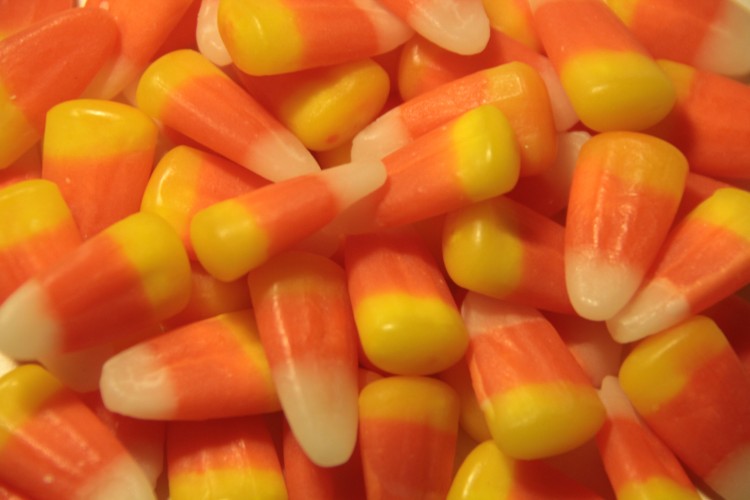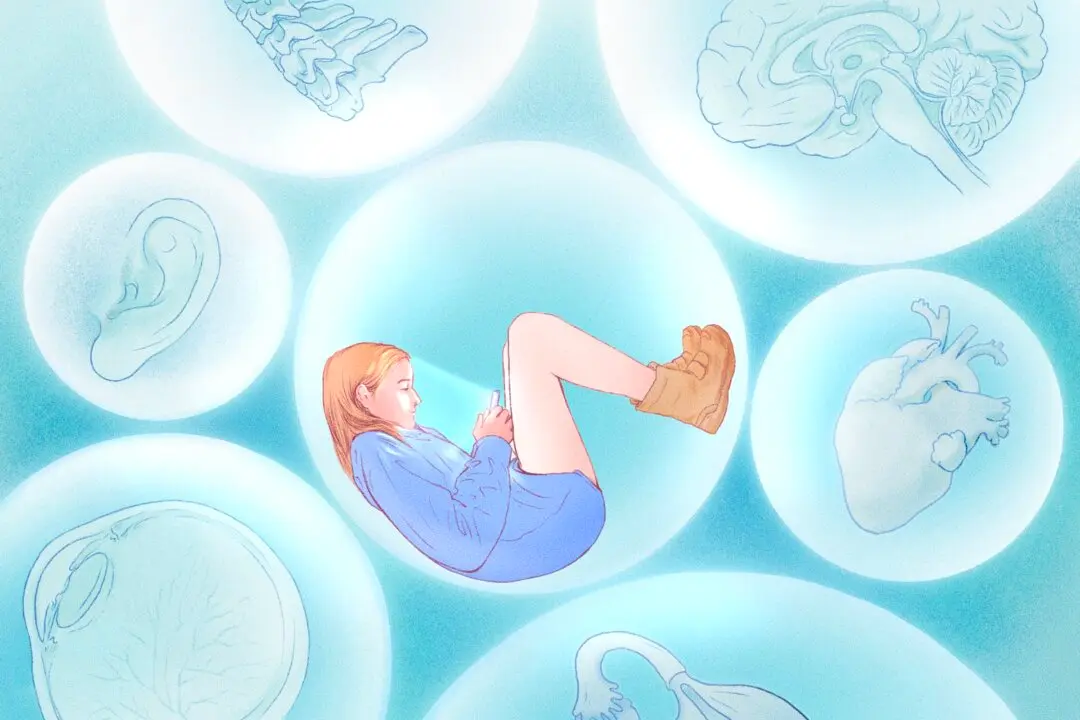Every Halloween, rather than just dumping the leftovers from hard-earned candy bags, author and freelance writer Loralee Leavitt suggests a fun way to use up these sugary treats with simple science tricks.
As a mother of three, Leavitt has explored many ways of bringing together creativity and science education, allowing kids to learn simple science concepts while playing with their favorite candies.
“I’ve developed candy experiments that teach basic concepts like what ingredients you find in candy, density, sinking and floating, air pressure, and how things dissolve,” she told The Epoch Times via email.
By designing simple candy experiments, kids can be taught about nutrition as well.
According to Leavitt, most sweet snacks can be labeled as “candy in disguise” because their key ingredients are similar to candies. Kids can be taught to check the sugar content on food labels, and weigh candy to that scale to see how much “hidden candy” is in the food they eat.
Children can also be made aware of the different ingredients in their favorite candies with home-made chromatography tricks or dissolving and melting activities.
Another candy-kitchen trick is the chocolate bloom experiment—a simple heating and cooling activity—which explains the science behind light-brown-colored spots or white streaks commonly seen on chocolate bars, and at the same time make kids aware of the correct conditions needed for food storage.
Leavitt and her family started doing these experiments when her daughter, at age 4, asked to put her candy Nerds into water to see what happens.
“That year they destroyed all of their candy and had a terrific time, and we started noticing crazy things that happened,” she said. “Soon, I realized that some of these experiments could teach actual science, and I started drawing on my science background to develop new experiments.”
Leavitt has twice presented the candy experiments at the USA Science & Engineering Festival in Washington, D.C., where hundreds of children and their parents have fun and learn some food facts.
“Their parents were horrified when we showed them how much candy was in a bottle of Gatorade or soda; one 16-ounce bottle of orange soda contained as much sugar as 10 rolls of Smarties,” she noted.
Leavitt’s book “Candy Experiments,” scheduled to be released on Jan. 1, compiles years of experience of playing with candy in the kitchen, developing ideas into actual experiments, and interviewing experts to explain the science.
These candy experiments promise to provide even more excitement from the traditional “trick-or-treat hauls,” leading little superheroes, pirates, princesses, and ghosts to explore the world of science hidden inside the candy treat!
See experiments that you can do with candy on Leavitt’s website.
The Epoch Times publishes in 35 countries and in 19 languages. Subscribe to our e-newsletter.







